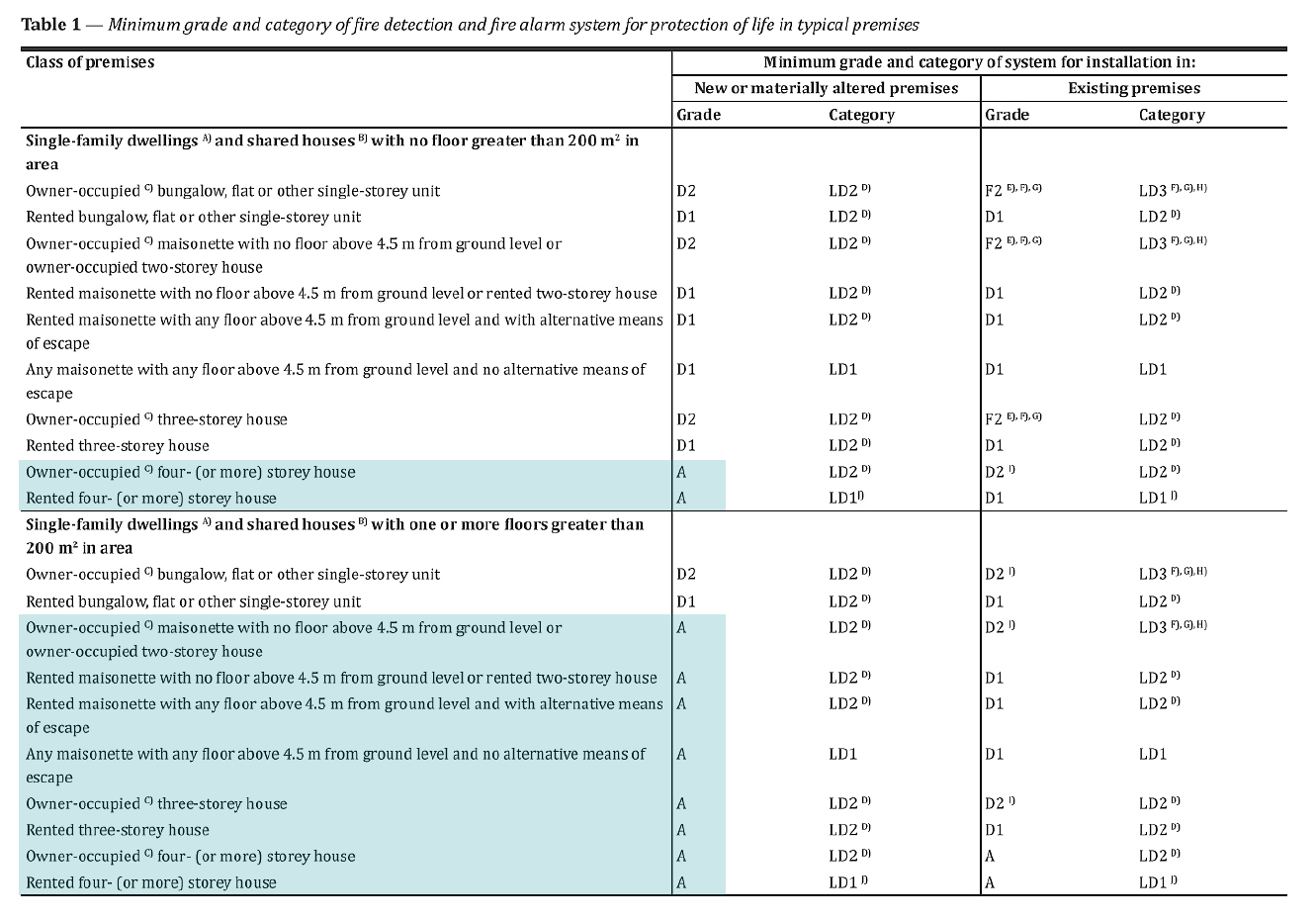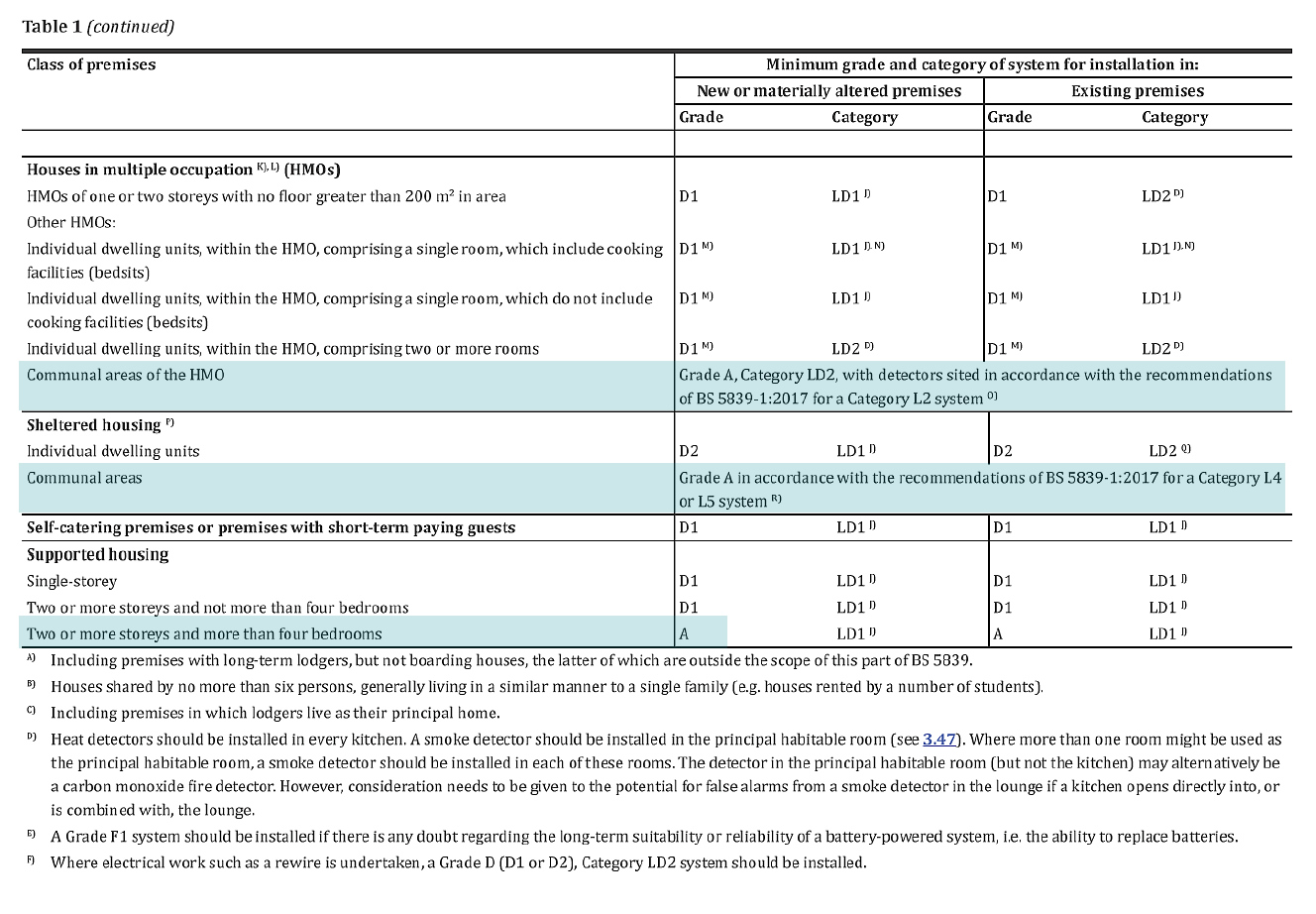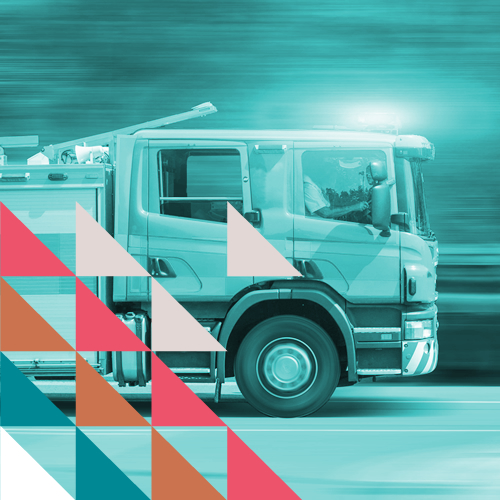Aligning with New "Call Challenge" Policies
The importance of deploying reliable multi-sensor fire detectors is further underscored by recent policy changes in Scotland and other regions within the UK, aimed at reducing unwanted fire signals from automatic fire alarm systems. In 2023, the Scottish Fire and Rescue Service (SFRS) introduced a "Call Challenge" approach wherein emergency control room operators will challenge the duty holder at a premises before mobilising firefighter resources in response to an automatic fire alarm generated by just a single smoke sensor.
The goal of "Call Challenge" is to cut down on the high numbers of unwanted fire signals that crews attend each year, the vast majority of which turn out to be false alarms with no fire situation. However, premises with fire alarm systems still need to ensure their detectors provide highly dependable and accurate fire detection to avoid potentially catastrophic failures to mobilise firefighters in a real emergency.
This has led the SFRS to actively recommend the use of multi-sensor fire detectors over traditional single-sensor smoke alarms. The enhanced detection capabilities and resilience to nuisance alarms offered by multi-criteria detectors like those certified to EN 54-29 and EN 54-30 give the SFRS greater confidence in the fire signals they receive from those systems.







